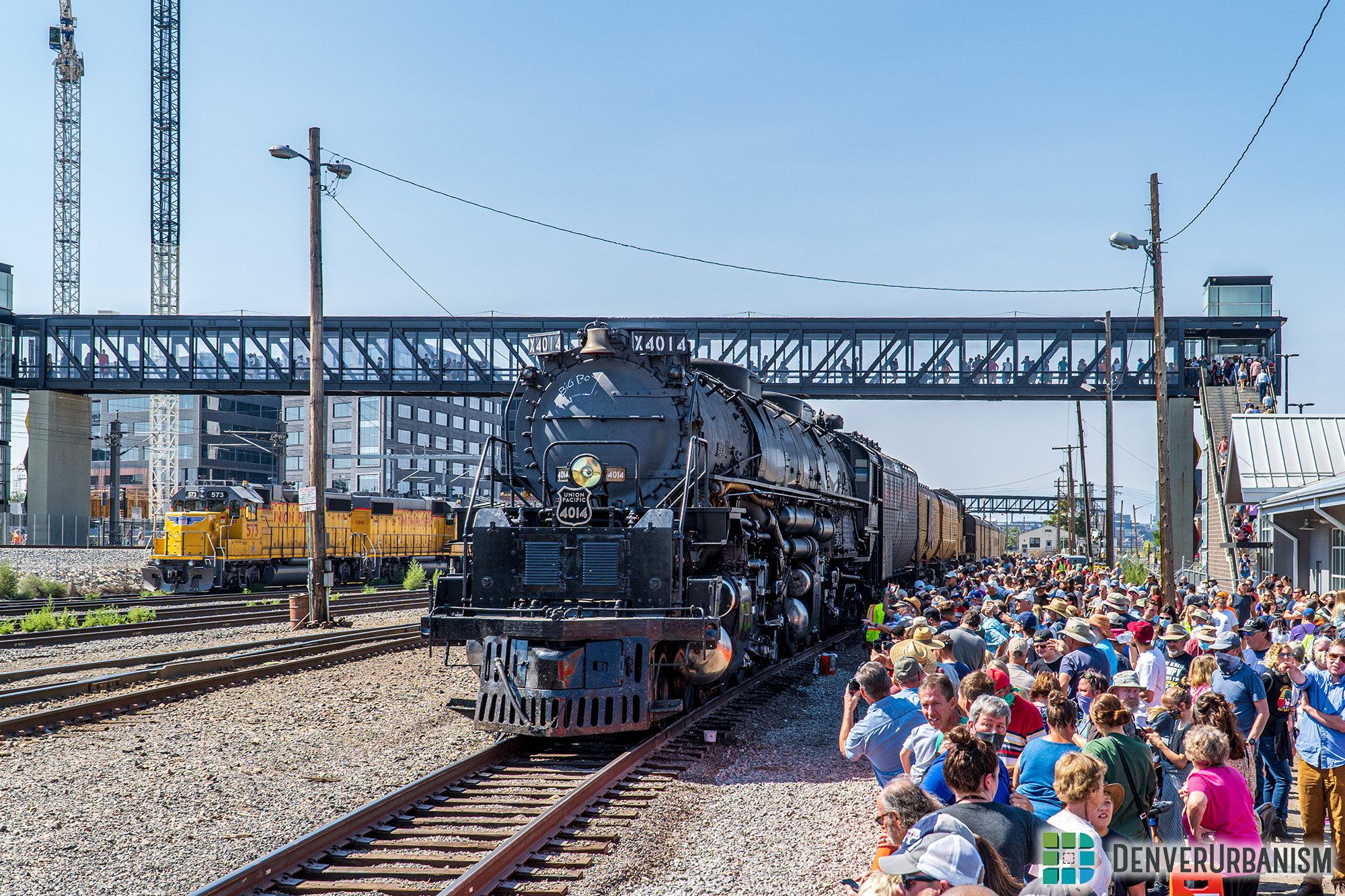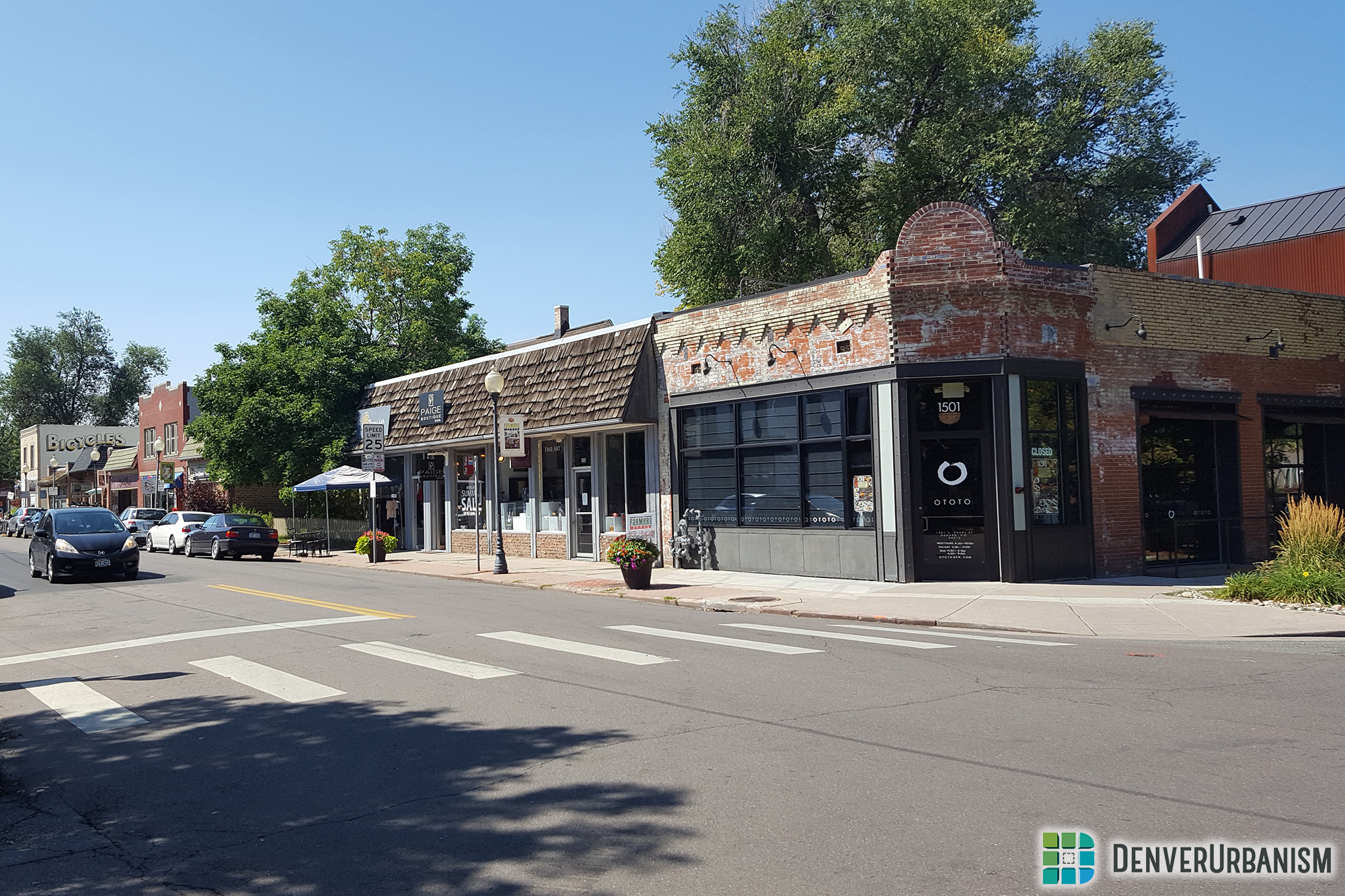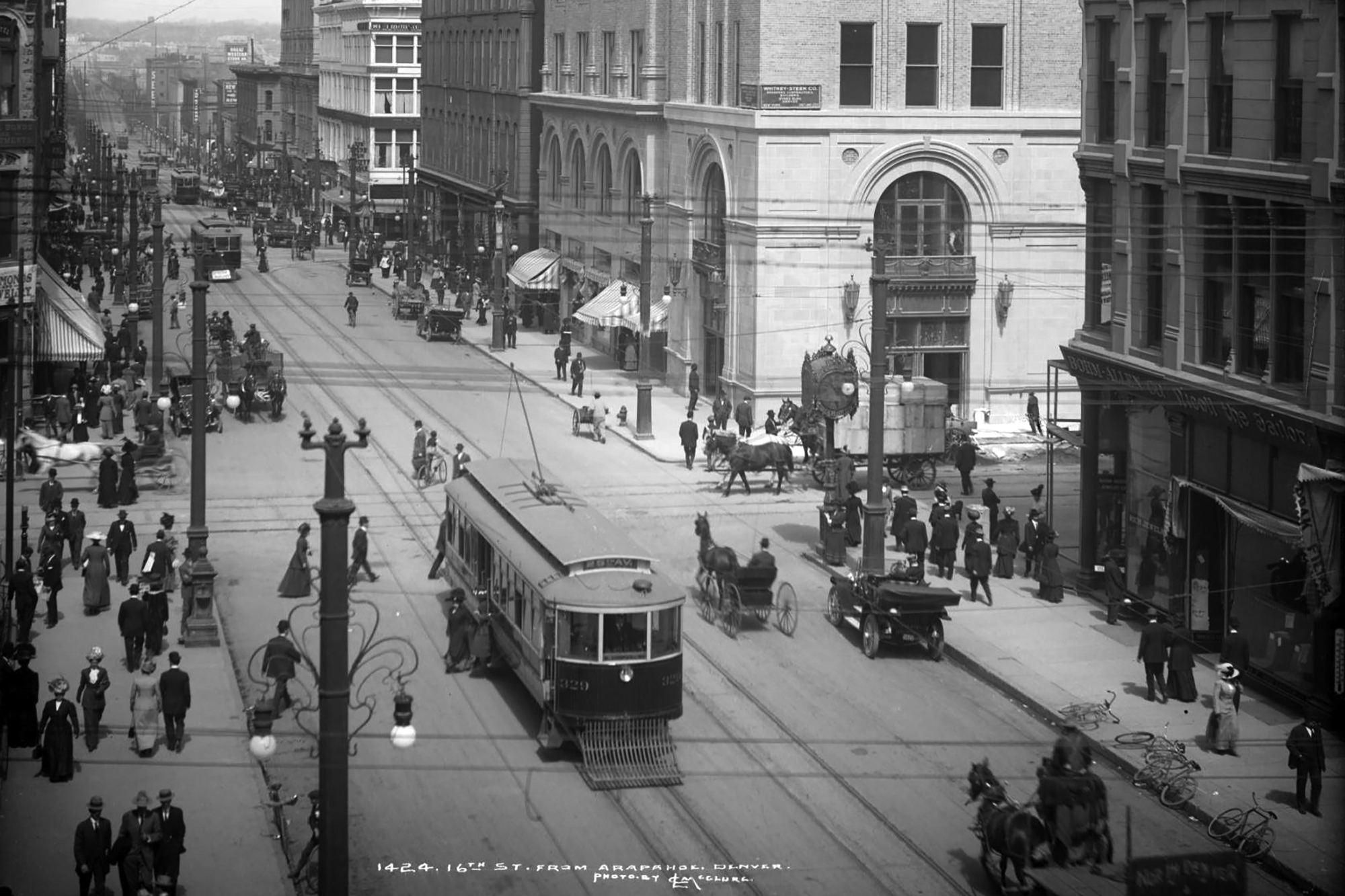In response to the many thoughtful comments posted to my January 9th blog on Mid-Century Malaise, here is my perspective on the balance needed in historic preservation. I left this same entry on the comments section on that blog but have decided to post it here too. Thanks for your comments and interest in this topic!
Historic preservation in its own right has only served to make our communities stronger since our brutal experience with mass urban renewal during the mid-20th century. However, comments herein do illustrate its ongoing controversial and arbitrary aspects. In Denver’s case, the city has only benefited from visionaries such as Dana Crawford who fought to save one block of Larimer Street from the wrecking ball, facing tremendous scorn for doing so at the time. Likewise, Denver City Council was vilified as “taking” away property rights when establishing the Lower Downtown Denver Historic District in 1988. In hindsight, they did the right thing, as the city and region have benefited. But results of these endeavors could have easily gone the other way. It is lucky for Denver that in these cases, preservation won out. Our clean skyscrapers and new CBD were the result of going the non-preservation route. This has made Denver what it is today. Was this all bad, tearing out the old for the new? As with anything, balance is the key. A static LoDo, wherein only the old could remain, with nothing new able to be built, would be too extreme. The same could be said about the Skyline Urban Renewal Project. In hindsight, DURA should have been more selective on what stayed and what was demolished. But it’s all moot now and there were many other factors occuring during the 1960s that led to the whole-scale demolition of our most historic core. We now have only pictures and the D&F Clocktower. Oh, and we have that Federal Reserve Branch Bank, which used to be located on 17th Street in another beautiful building that came down during the Skyline Project. The fact that this government building was allowed to relocate on the proposed 16th Street Mall (a known retail area) gives credence to the argument that you can’t always “trust” government decisions. Those planners of the time meant well, but made a poor decision. Does that mean the current building shouldn’t be preserved as a monument to mid-century modernist architecture? Were it located on a different street–perhaps. Were its architect Temple Buell or Frank Lloyd Wright–perhaps. This very arbitrary quality of whether a building is worthy of being saved or not also typifies why historic preservation has a bad reputation at times as well. But the fact is in its current location, it does more harm than good in the overall urban cohesiveness of that block. It’s a big deadzone on the mall and everyone knows it. Perhaps the answer is to move the Federal Reserve out of the building and incorporate this modernist “wonder” into a new mixed-use mega-project that would incorporate the building’s best elements into a neo-modern uber building of the 21st century. This adaptive reuse/historic preservation partnership would ensure that future generations couldn’t accuse us of demolishing the 20th century’s shining example of modernist architecture. Sometimes, buildings are only appreciated after they are gone, even ones so vilified by the present public. The Tabor Grand had no Dana Crawford or City Council to save it. It was seen as old and outdated by those with power. It was only lamented once it was gone. But I will agree that it is hard at this point to believe that any future population will condemn us for not saving the Federal Reserve Building for posterity.
As far as the topic that got all of this started–the demolition of the mid-century modern house in Belcaro–I would argue that if it were the last of its kind, it should be saved. I would also argue that were its architect someone like Frank Edbrooke, Frank Lloyd Wright, William Lang, Temple Buell, etc., that there would be a much bigger fight to save it from a bigger and more interested audience. This illustrates once more the arbitrariness at times of preservation efforts when the saving of a building might more have to do with egos than with any particular intrinsic value of said building. I.M. Pei’s name on the hyberbolic parabaloid (May D & F) was not enough to save it and Denver is unfortunate to have lost that one. I am imagining the last house in downtown Denver at 1439 Court Place (the Curry-Chucovich-Gerash House) as all that’s left from the once grand residential area of lower 14th Street. Can you imagine if all of those buildings had been left in place with nothing ever changing there? It is a thought that excites preservationists like me but also points out the fact that in order for cities to thrive, they have to change with the times. If the 20th century taught us anything in the world of planning, it has shown us a need to balance out all interests for the best possible outcome. Extremes in any direction are not beneficial to anyone, whether that be a non-homeowner being able to stop the demolition of someone else’s house at the last minute or whether that be a city sitting at the sidelines as buildings are demolished to make way for parking lot after parking lot. We must find the balance.










Thanks Shawn!
Of course you’re right that balance is needed. But like everything, the devil’s in the details, and historic preservation is no exception. Here are the million dollar questions – Who decides? And how do they decide; what are the criteria to balance, and how is each weighed objectively by the decision-maker?
What developer or landowner knows (or cares) who William Lang is, or what makes any given building architecturally distinctive? And what historic preservationist knows (or cares) how much money stands to be gained or lost in the name of saving any given building? And most importantly, what City Council member knows (or cares) enough about either that they want to be caught in the middle?
I think oftentimes it’s political expediency that forces us to one extreme or another. The reason historic preservation seems arbitrary is because it IS arbitrary.
Denver’s come a long way in taking some of the guesswork out of the process. We’re fortunate that many of the debates now are on the relative sidelines. The buildings we argue over now are important, but losing a mid-century anything or a Currigan Hall or a Federal Reserve Building isn’t the same to most people as losing a Central Bank Building; the best we have are already protected. Or maybe we’re unfortunate because most of the gems that stood to be lost are already gone. Either way, historic preservation will always be controversial and “unfair” to property owners. The key is that we make it as “predictably unfair” as we can through solid inventories of historic (or potentially historic) structures.
I like historical properties as much as anyone else, but when the rights of ownership are threatened for “the common good”, it is time to take up arms.
Great post. Yes, the Federal Reserve building should go. The Grand Tabor Opera House should never had been demolished. Balance is need. As a former historical tour guide at The Brown Palace and capitol building I can tell you people need and appreciate history and architecture.
Isn’t there a better approach to deciding what to save than depending on the name of the architect? A poorly designed building by a great architect is still a poorly designed building. I would even go so far to say that right now our celebration of the people who design buildings frequently outweighs our love of the building themselves. Yes, poor works by a great artist still can showcase the development of the artist and the art form, but to save poor works for that reason can be a a great detriment to the urban fabric. In architecture some of those works are probably best saved as pictures, not part of a living dynamic city.
I personally hope that the money museum that will help integrate this building better into the fabric of downtown. I think banishing our public institutions out of sight they end up being out of mind. It is hard to appreciate what they do, or give them the necessary oversight in such a world. The problem might be we are losing government access through a desire for security. Maybe the building isn’t so much the problem as our fears.
I am perfectly aware of the Oklahoma City Bombing and other events, but these actually are quite rare. I believe we can have reasonable security with less fortified environments. I look at the dead blocks around the other federal buildings downtown and wonder whether exiling the bank to another locale just moves the problem.
It is also hard to judge a building like this where in many ways just the particular age of the building (neither being new or antique merely used) puts it in an ugly stage. Sometimes for these buildings maybe it is best to withhold judgment, sort of a probationary period.
It might be that this isn’t grand enough for the 16th mall which is the showcase street of Denver. It might be that this building is just an eyesore. It might be that in our security crazed aged re purposing this building could be the only solution. But there are many buildings not in current use on the 16th street mall. There parking lots throughout the urban core, an entire area behind Union Station which is primed for new construction, and market street station all of which are in greater need of development or redevelopment. But this in spite of its poor pedestrian value and questionable aesthetic value might be better off just left alone for the time being. It is still at least in active use as it was built for.
Steven-
A call for revolution based on historical preservation? You have to be effin’ kidding me. All your statement says shows is an ignorance both of law today and the history of what property actually is and has been within the legal tradition which we live in. People have never had absolute control over “their” property. The “common good” has always been part of American Law and the western legal traditions that predate it. At best, you have already left the Constitutional building. At worst take your club and go back to your cave. Violent rhetoric like this is just, sick.